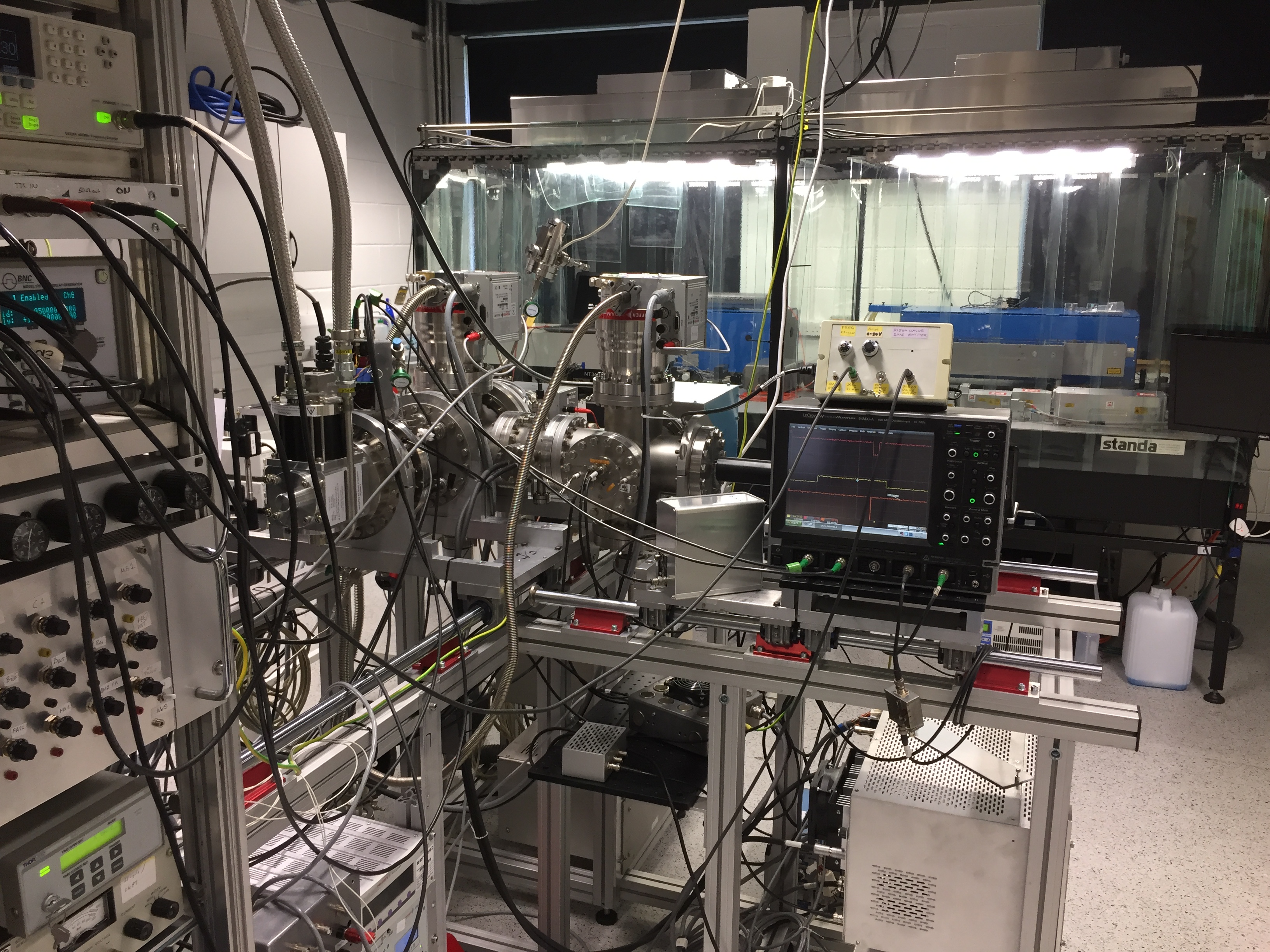Research

This project bridges the research fields of molecular spectroscopy, nanoscience, chemical physics
and astronomy. The aim is to investigate, using a unique combination of modern tools, the gas
phase spectroscopic and chemical properties of carbonaceous and prebiotic molecules that are of
central importance to astrochemistry. Motivation comes from the recent discovery of neutral C 60 in circumstellar environments and the identification of C60 as the first carrier of several of the enigmatic diffuse interstellar bands (DIBs). These discoveries imply that there must be a significant number of other fullerene analogues present in the interstellar medium and here one of the objectives is to synthesise and spectroscopically characterise them at low temperatures, enabling a direct comparison with astronomical observations. This will be achieved using an innovative combination of state-of-the-art laboratory techniques based on ion storage in a temperature variable radiofrequency trap. Ultimately, one of the aims of the project is to address the grand challenge of identifying some of the remaining DIB carrier molecules, leading to insight into their role in the transportation of organic matter from circumstellar shells to regions where star and planet formation occurs. The scientific programme is also motivated by spectroscopic investigation of complex molecular ions, with possible extensions from the optical region to the infrared where emission features typically cited as arising due to polycyclic aromatic hydrocarbons are found. Important in terms of the organic inventory in interstellar space is the large gap in size between C 60 and molecules containing up to 13 atoms detected by radioastronomy. In this work key reactions governing the abundance of these small organic molecules will be investigated, providing requisite data for astrochemical models. The proposed approaches include ion traps coupled with lasers, beams of molecules and radicals and
modern methods of mass spectrometry. The fundamental chemical and photochemical properties
of the molecules characterised will further benefit the broader scientific community encompassing
chemistry, materials and nanoscience.
Laboratory

Photograph of the DIB-s4PT apparatus in our laboratory (G44). The hardware is contained within a series of high vacuum chambers. Behind the instrument is an optical table where a variety of pulsed and continuous wave laser systems are installed. We can cover the wavelength range from 200 nm to 2000 nm.
\
Synthesizing and Characterization of ions
